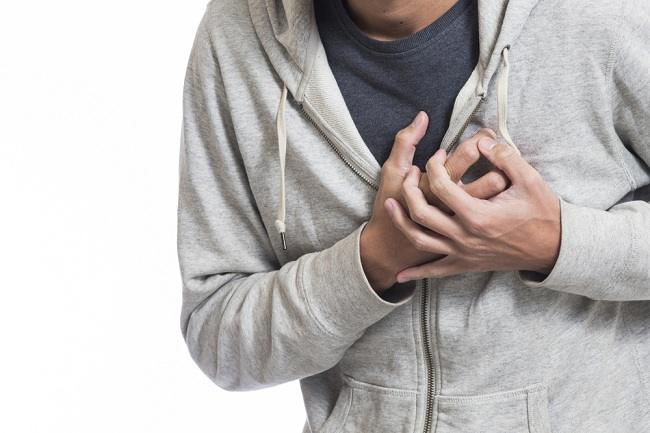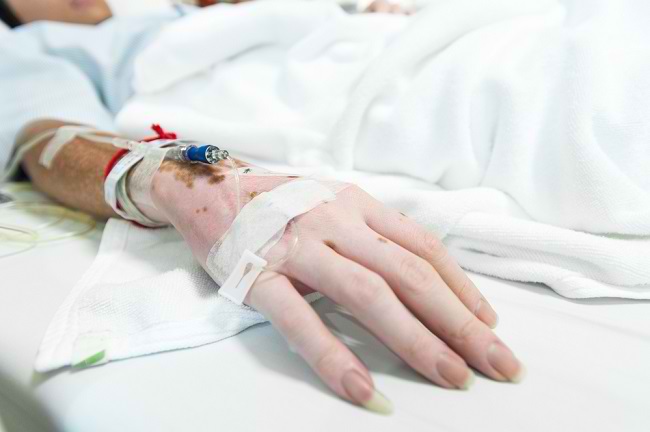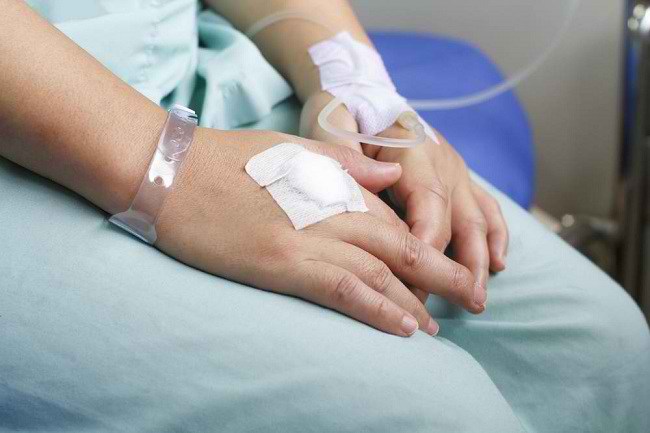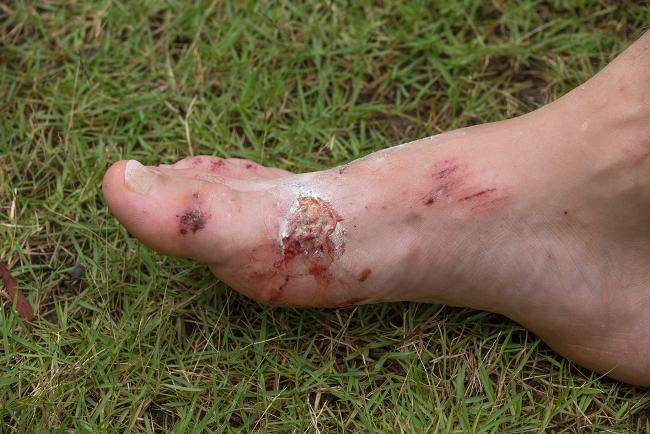Chancroid is an infection bacteria which causes open sores on the genitals (genital) and surrounding areas.Chancroid is highly contagious, but curable.
Chancroid is caused by bacteria Haemophilus ducreyi (H. ducreyi) which attacks the tissues of the genital area and causes open sores. These open wounds can ooze blood or fluid that can spread bacteria H. ducreyi to other people. Chancroid can be experienced by both men and women.

Causes of Chancroid
Chancroid is caused by a bacterial infection H. ducreyi short rods (basils). Bacteria H. ducreyi It is usually spread through sexual contact, but it can also be spread through direct contact with an infected wound.
These bacteria enter the body through cracks or cuts in the skin and cause an inflammatory reaction. Toxins produced by bacteria cause cell regeneration to stop, resulting in tissue death (necrosis).
The poison is also what causes the formation of open wounds. As long as bacteria are still alive in the wound, toxins can still be released and make the wound worse.
Please note, although very contagious, chancroid can not be transmitted through the intermediary of animals or objects in the environment.
There are several factors that can increase a person's risk of developing chancroid, namely:
- Having risky sexual behavior, such as frequently changing partners or having sex with commercial sex workers (CSWs) and not using condoms
- Being or living in an area that has a large population with this condition
- Drug addiction or alcohol addiction
- Uncircumcision (in males)
Symptoms of Chancroid
Symptoms of chancroid usually appear 4–10 days after infection. Early symptoms are characterized by the appearance of one or more red bumps in the genital area.
In a short time, the red bump will fill with pus, get bigger, then burst and form an open wound. The following are characteristics of an open wound on the chancroid:
- Irregular wound edges
- The base of the wound is concave inward, yellowish gray
- The wound oozes pus
- Wounds bleed easily
- The wound is very painful, especially when urinating and having sex
- Wounds can enlarge and merge with other wounds
Chancroid sores generally occur in the genital areas that are most frequently rubbed during sexual intercourse, such as on the foreskin, the head of the penis, and the junction between the head and shaft of the penis in men.
While in women, sores most often form on the lips of the genitals, vaginal opening, cervix, and the area between the vagina and anus. Even so, sometimes chancroid in women does not cause symptoms, so it can go undetected.
Chancroid can also cause lumps in the groin due to swollen lymph nodes. These lumps contain pus, can enlarge, have a hard texture, and can burst at any time. Usually, a lump forms about 1-2 weeks after the sore appears.
When to go to the doctor
If you experience the symptoms of chancroid as mentioned above, stop all sexual activity and consult a doctor immediately. It's also important to get tested if you've had sexual intercourse with someone you know has chancroid, even though you haven't had any symptoms.
If you have risky sexual intercourse, such as having multiple sexual partners without wearing a condom, it is also advisable to check with a doctor regarding sexually transmitted infections, including chancroid.
Diagnosis of Chancroid
The doctor will begin the diagnosis by asking the patient's symptoms, medical history, and sexual behavior. After that, the doctor will perform a physical examination of the genital area to see directly the shape of the lumps and sores that arise, including examination of the lymph nodes in the groin.
To confirm the diagnosis, investigations can also be done by examining the pus fluid from the wound using a microscope or by culture (cultivation of germs on special media) from a sample of wound fluid.
In addition to checking for chancroid, the doctor must also ensure that there are no other causes of open sores in the genital area, such as syphilis, HIV, and herpes simplex. If the HIV and syphilis tests are negative, people with chancroid need to be re-examined in 3 months.
Pendream Chancroid
Chancroid treatment aims to cure the infection, relieve symptoms, reduce the risk of complications, and prevent transmission. The duration of treatment for each patient varies, depending on the part of the skin that is infected, the number of bumps, and the patient's immune system.
The treatment given can be in the form of drugs, surgery, and restrictions on sexual activity. The explanation is as follows:
Drugs
The medicine given by the doctor to treat chancroid is an antibiotic. Giving antibiotics is intended to kill the bacteria that cause the wound and reduce the risk of scar tissue (permanent scars) after the wound has healed. Antibiotic options that can be given include:
- Azithromycin
- Ciprofloxacin
- Ceftriaxone
- Erythromycin
With the right antibiotics, chancroid can generally heal completely. Treatment response will be seen within 3–7 days after antibiotics are given. It is very important for the patient to continue taking antibiotics for as long as the doctor prescribes, even if the symptoms have improved.
The response to treatment is generally longer in patients who are not circumcised or who have HIV. If the response has not been seen after 7 days, the patient needs to be checked back to the doctor for further examination.
Operation
In some cases of chancroid, doctors need to remove fluid from the infected lymph node to relieve swelling and pain. The fluid can be removed by a doctor with a special needle or through surgery.
Restriction of sexual activity
During the treatment period, the patient must stop sexual intercourse until the wound heals. This does not include treatment, but it is very important to apply so that there is no re-infection or transmission to other people.
The patient's partner should also be examined and treated, even if they are asymptomatic, especially if they have had sexual intercourse with the patient in the 10 days before symptoms appear.
Chancroid Complications
In cases where the chancroid is not treated properly, the following complications may arise:
- Urethral fistula
- An uncircumcised penis is formed on the scalp
In addition, people with chancroid are also more susceptible to other sexually transmitted diseases, such as HIV, syphilis, and herpes simplex.
Chancroid Prevention
Chancroid can be prevented by practicing safe sexual behaviors, such as:
- Do not change sexual partners
- Wearing a condom during sex
- Avoid having sex with people with chancroid and people who are at risk of suffering from this condition or other sexually transmitted infections
- Notify sexual partners when experiencing symptoms of chancroid









